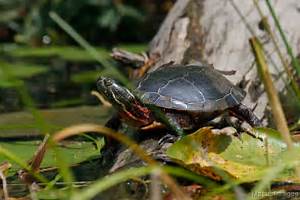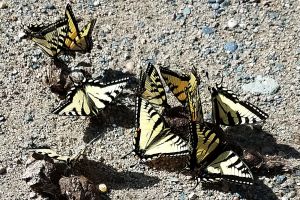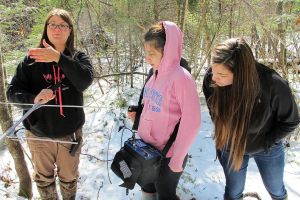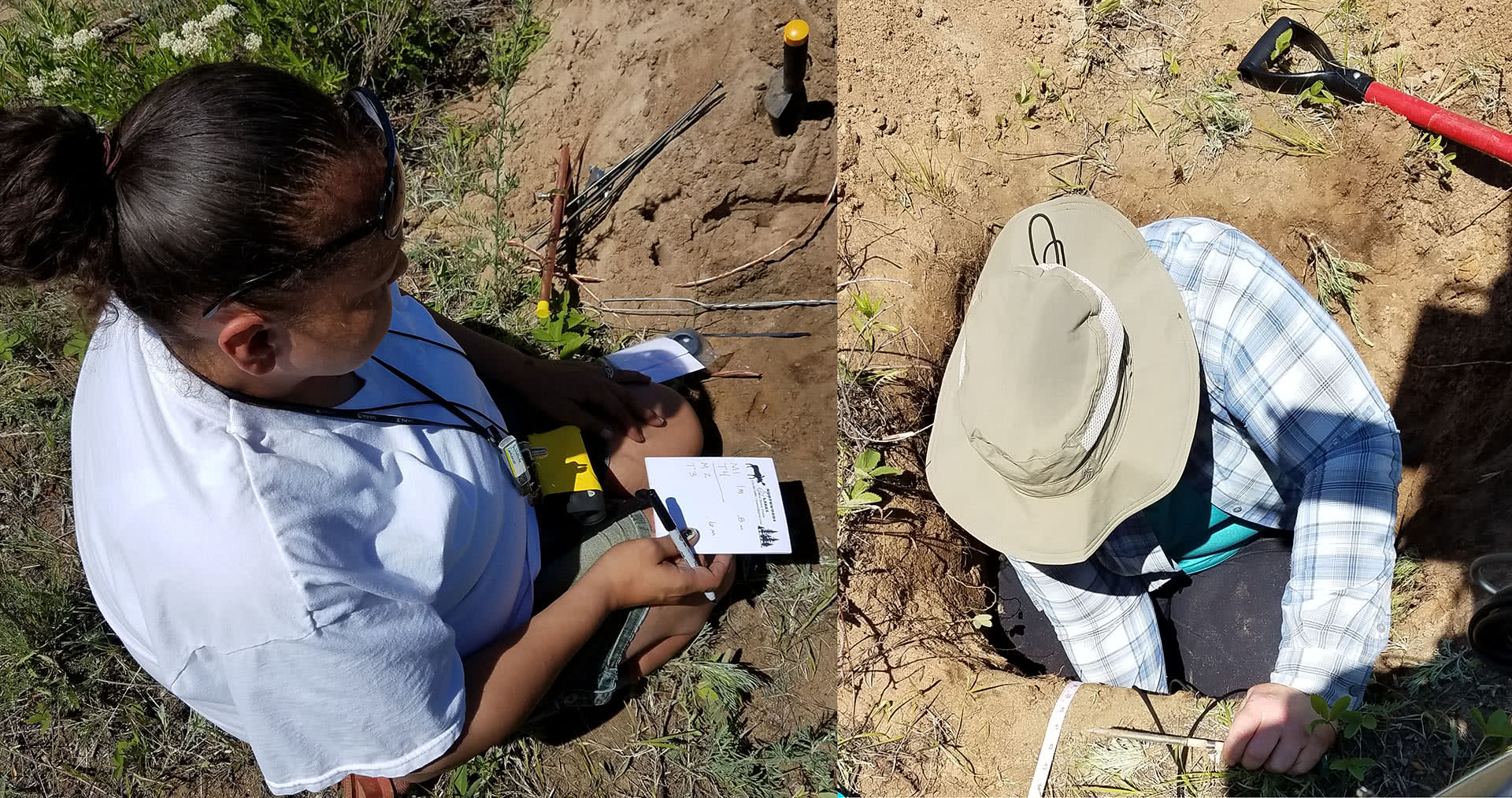 Turtle nesting
Turtle nesting
August 21, 2019

Turtle nesting on side of the road on the way into neilson spearhead.
View Details
 Eastern Yellow Swallowtails
Eastern Yellow Swallowtails

We saw several clusters of butterflies all grouping together on a gravel road- and so we stopped to take a look at what they were doing. Did you know that butterflies ate poop? With a Google search, we found out that many species use feces as sources of minerals, but I was happy to see a swallowtail butterfly feeding on flower nectar (Virginia Waterleaf) later in the day.
View Details
 Wood Duck Nest Monitoring
Wood Duck Nest Monitoring

Earth Science Interns at Leech Lake Tribal College (LLTC) joined forces with the MN Dept. of Natural Resources (DNR) to monitor a soon-to-hatch wood duck nest. We used a camera on a very long pole to see that the eggs were about to hatch on June 5th, and set up game cams to see if we could catch the ducklings emerging. The nest was 35 feet above ground in a tree cavity. While our cameras were not sensitive enough to capture the plummeting ducklings, we did observe egg shells on the ground on June 8.
View Details
 Snowshoe Hare Monitoring
Snowshoe Hare Monitoring

The Leech Lake Band of Ojibwe Dept. of Resource Management (DRM) demonstrated snowshoe hare tracking to LLTC STEM students. DRM has collared hares in specific research areas to track their activity. Using the telemetry equipment, these young scientists were able to flush out the hare being studied, and got a good glimpse at his fur that was still mottled from winter. For more information on snowshoe hare research, visit http://www.llojibwe.org/drm/fpw/wildlifeinventory.html and https://www.fws.gov/midwest/insider3/June16Story16.htm
View Details
 Soil Station
Soil Station

LLLTC Interns are testing a new sensor system aimed at measuring changes in temperature and moisture in soil. While the permanent locations for the systems are being decided, one complete set-up was buried and is currently logging soil and weather data on the LLTC campus. We dug a pit to insert the sensors at different depths, and are watching to see how fast and how far rain will infiltrate, and how fast the soil will dry out depending on weather and local vegetation. So far, we have recorded the daily rise and fall of temperatures in the top layers of soil, but see that by the time we get 60 cm (~2 ft) down, the temperature doesn’t change from day to day during the early summer.
View Details
